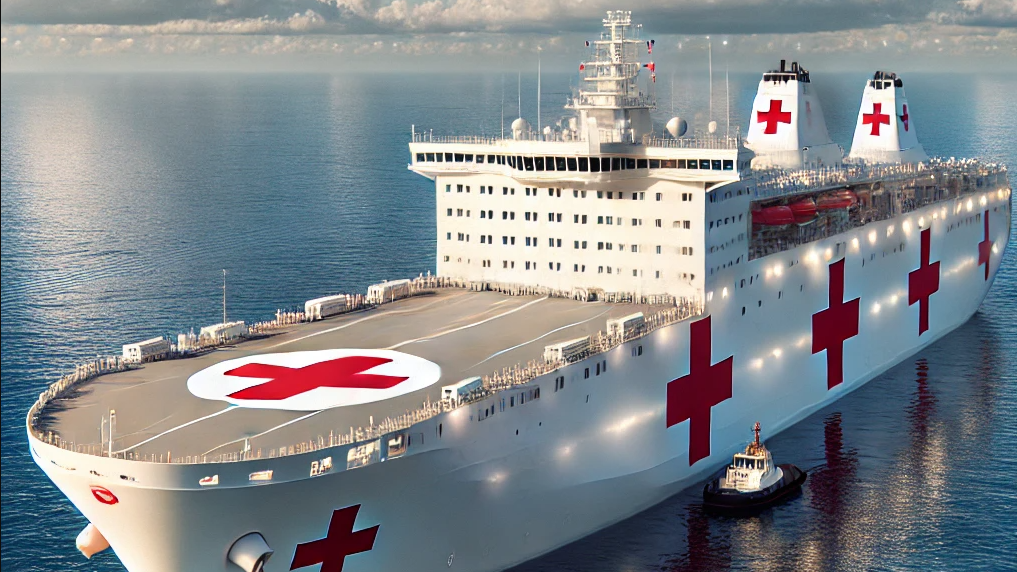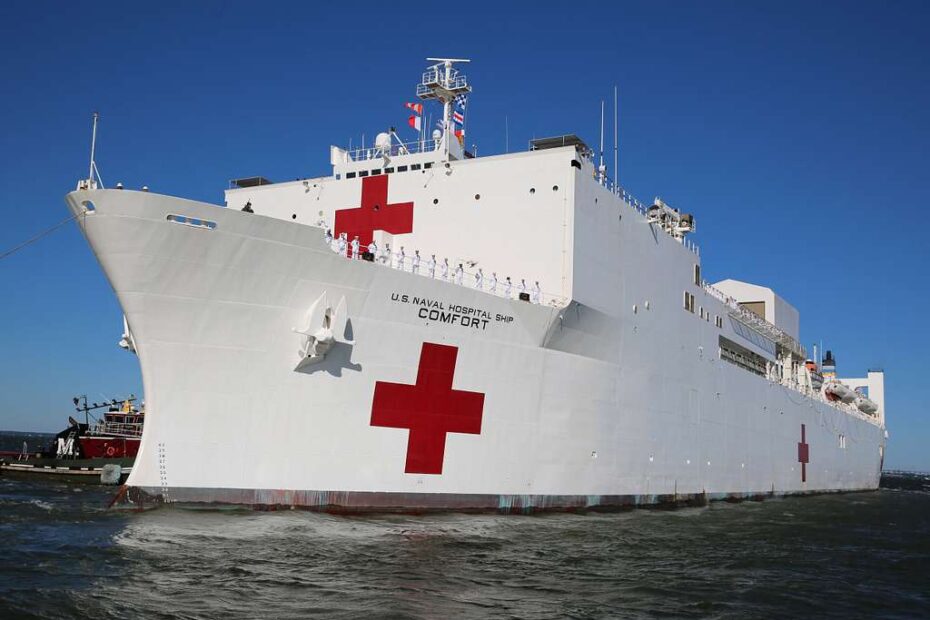
Many women in the U.S. face significant barriers to accessing even routine care. A survey from 2023 found that nearly half of women skipped preventive health services, such as wellness check-ups or screenings, due to factors like high out-of-pocket costs and difficulty securing appointments. Additionally, gaps in preventive care coverage and awareness persist, with uninsured and lower-income women being particularly affected by these barriers.
This shortage in access, combined with logistical and financial challenges, has led to a substantial number of women forgoing routine care despite health policies that were intended to expand access, such as coverage requirements under the Affordable Care Act. These policies have contributed to a system awash with red tape and price controls that contribute to the broader issue of health inequity across the country.
Gender Disparities in Healthcare
Medical research has historically focused on male bodies and only recently are doctors paying attention to the ways that disease presents differently in female biology. The recent acknowledgement of the unique needs of girls and women is not enough. Research shows that women and girls still have a lower quality of care than their male counterparts. In addition to the care gap, women and girls lack adequate access to pap smears, mammograms, and maternity care for all stages of pregnancy.
Using the tools and techniques being developed by TSI and its partners, entirely new ways to serve girls and women can be leveraged to satisfy both current and growing needs. That need is predicted to grow faster than population growth. At least some of these statistics are driven by the loss of hospitals and clinics in rural communities and a shortage of doctors and RNs, forcing longer and longer commutes to reach care.
Women’s Healthcare Challenges in the U.S.
Healthcare in the United States is already the most expensive in the world while only coming in a distant second or third place when it comes to the quality of health outcomes. American women spend substantially more for their healthcare than do their peers in the developed world while enjoying a substantially lower quality of outcomes based on both objective and subjective criteria. The gap is widening even while it becomes more costly. Healthcare, and more specifically providing healthcare to those who lack access to a hospital or clinic with the services they need is one of the eight great moral imperatives of seasteading, one of which includes healing the sick.

A Nonpolitical Solution
Imagine a place where girls and women can go for cost-effective, timely services close enough to population centers but far enough away to be outside of state or federal jurisdiction. It would be a place where the focus would be on the patient, and only on the patient. A forty-five minute boat ride could bring them from the coast to the location, the cost covered as part of the visit. The concept being described in this post isn’t entirely unique. Medical ships accomplish similar missions in providing healthcare where it is either not available or is inadequate.
The primary difference between the new approach we’re proposing here and what already exists is that medical service ships are by their very nature mobile and operate on a schedule. As such, medical ships spend a few weeks at a particular location and then move on. A floating artificial island built to provide women’s wellness and care would be semi-permanent and anchored to the sea floor in international waters at a fixed location. It would only be moved if it became necessary to do so.
The Nexus Between Women’s Reproductive Rights and The Care Gap
As women’s reproductive rights have been pushed into the political spotlight, many states have chosen to enact legislation that either prohibits or severely restricts access to safe, legal termination of pregnancies. However, the specific medical services that are needed to safely end a pregnancy remains a necessity in a wide variety of circumstances that aren’t accounted for in the legislation now on the books in many states.
The legal restrictions have made it difficult for doctors to determine when to give care, resulting in the preventable deaths of girls and women. With such an important and fundamental right at issue, solutions will be proposed by those with the courage to act. The seasteading solution proposed here benefits from being outside of territorial boundaries and in some circumstances might be the only alternative available in regions where the option to terminate a pregnancy, according to a legislatively set timeframe and other circumstances, exceeds the parameters outlined in the statute.
Despite efforts in many states to restrict access, the rate at which pregnancies are being terminated has remained roughly the same year over year, though updates to existing laws and entirely new laws might further restrict access and close the remaining avenues available to girls and women seeking a legal, safe and effective method, whether that be via pills delivered through the mail or via out of state service providers.
While mail-order pills are a loophole that may prove difficult for legislators to completely close in states that have banned or heavily restricted access to safe, legal methods of terminating a pregnancy, there remains a need for more traditional procedures beyond those supplied by a pill which are effective only in the first few weeks of pregnancy when a girl or woman first becomes aware they’re pregnant. In instances where a pill is no longer safe or effective, and where suitable facilities and practitioners in proximity to a patient’s domicile are unavailable, an alternative remains a critical component to providing whole patient care.
